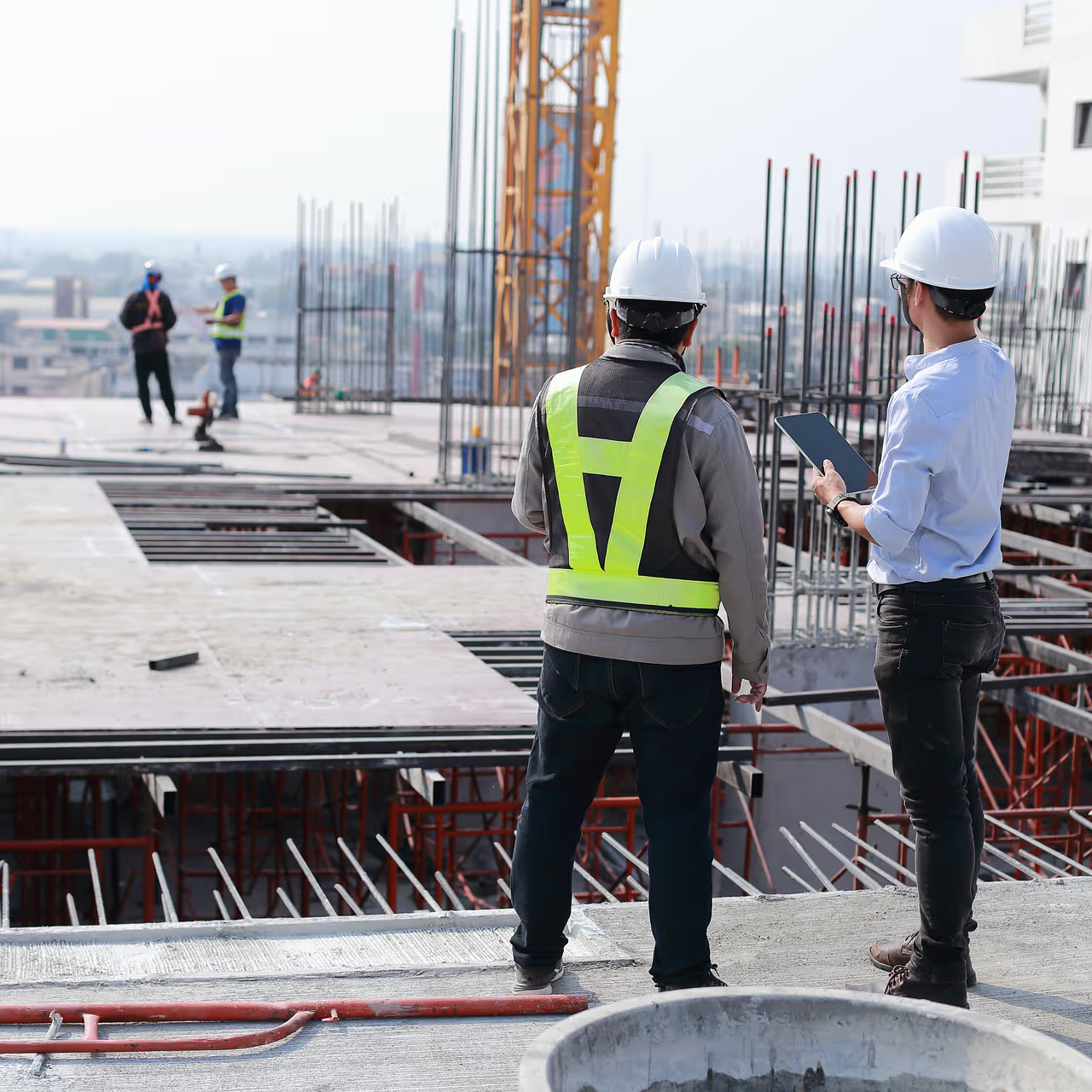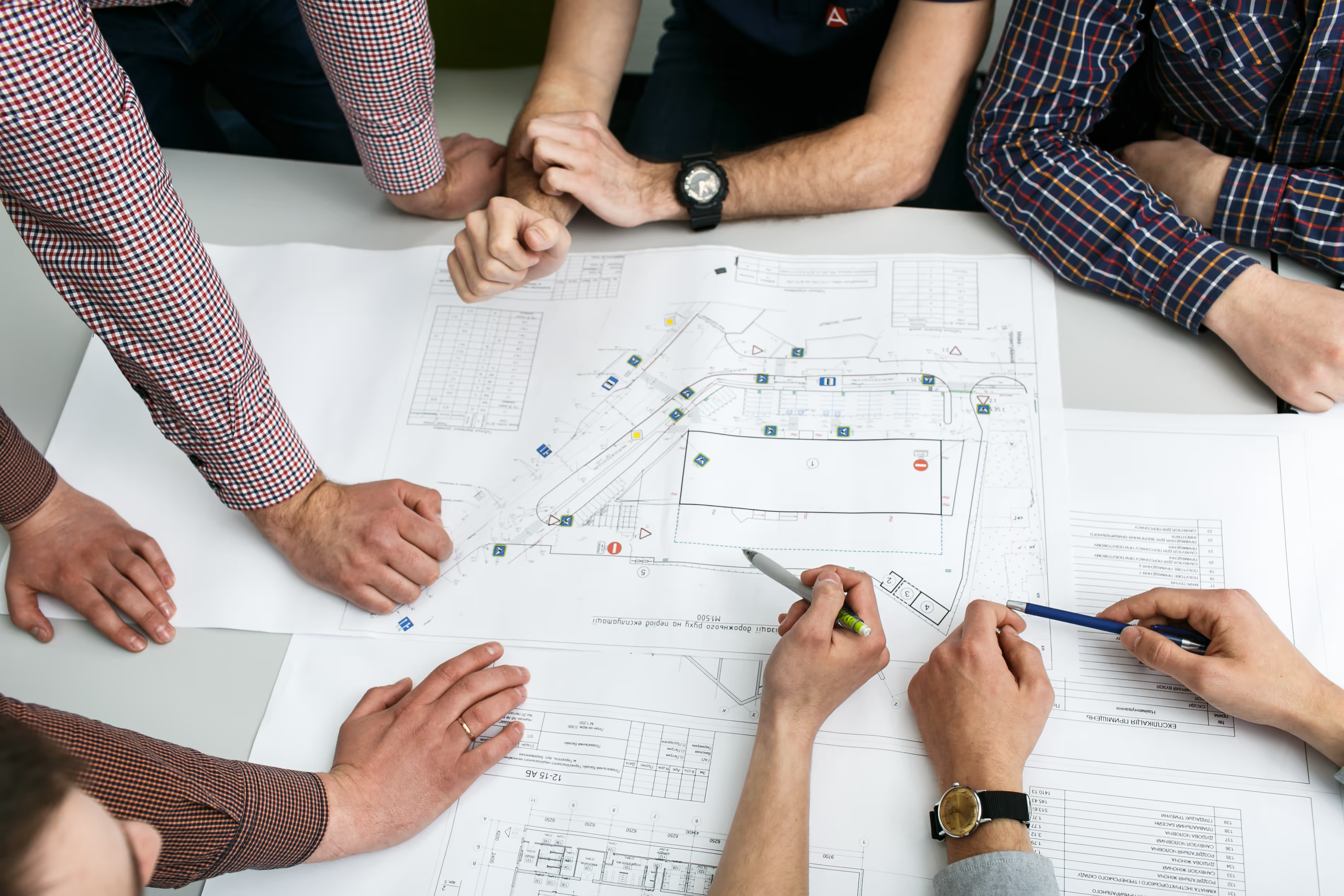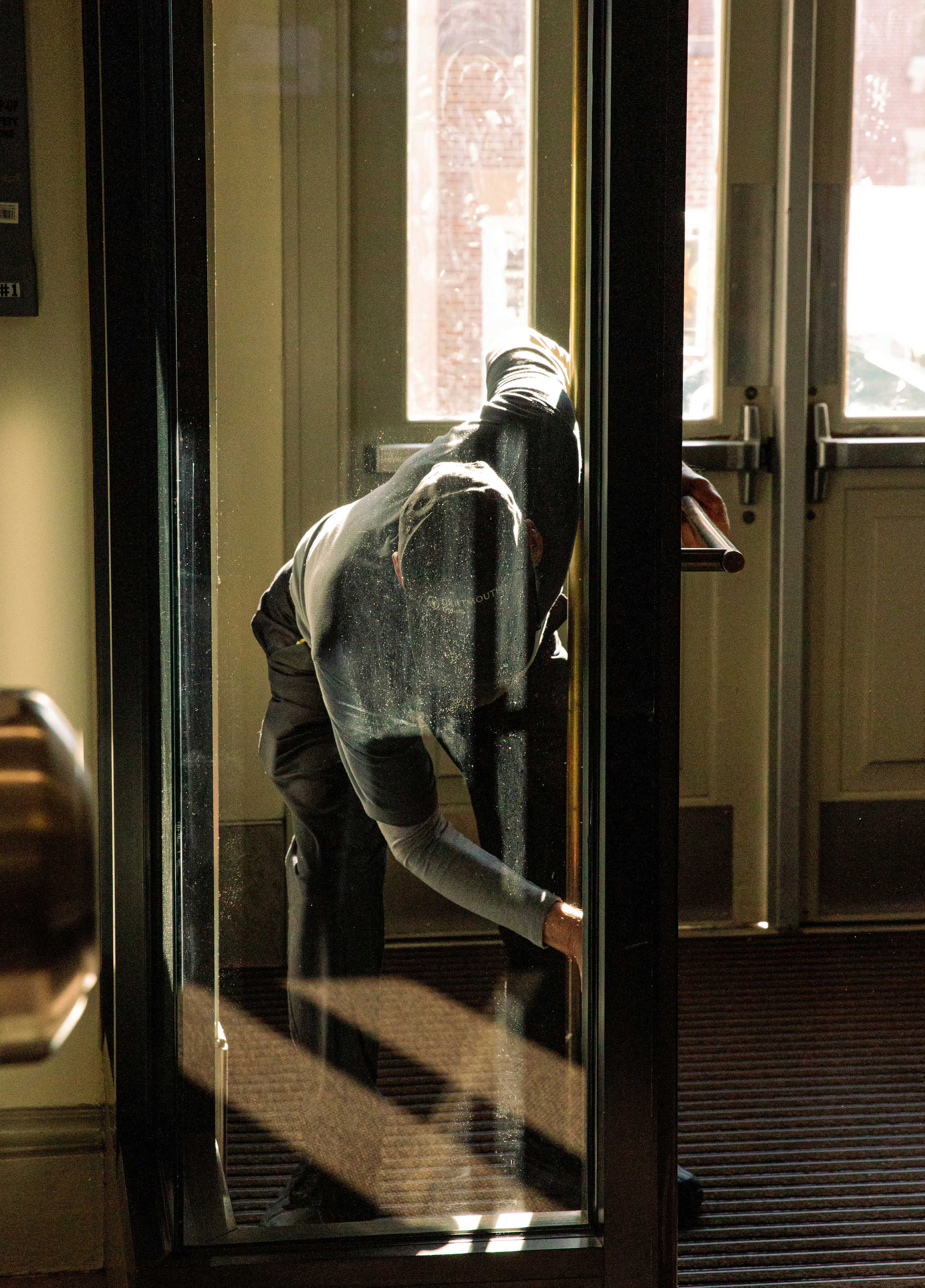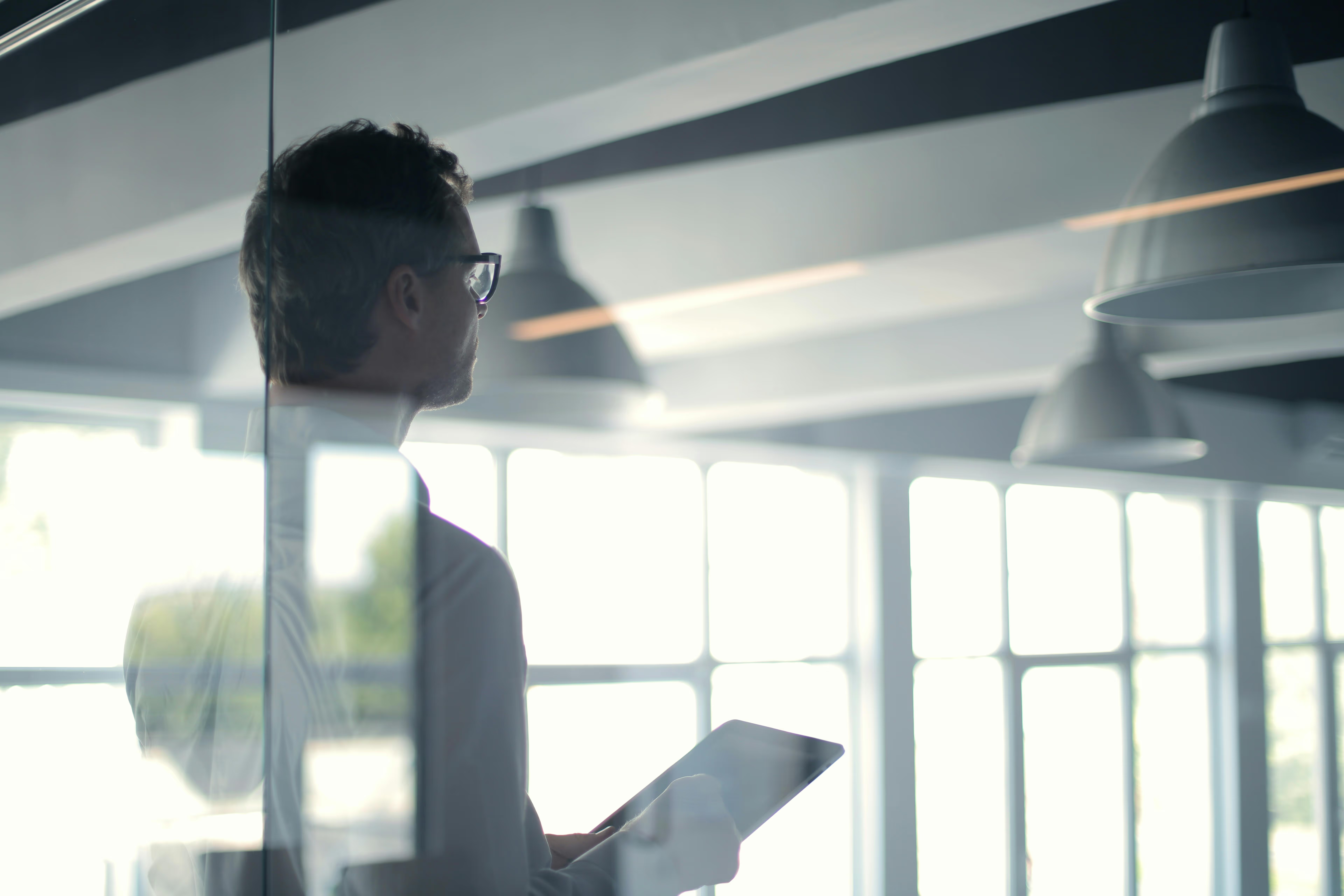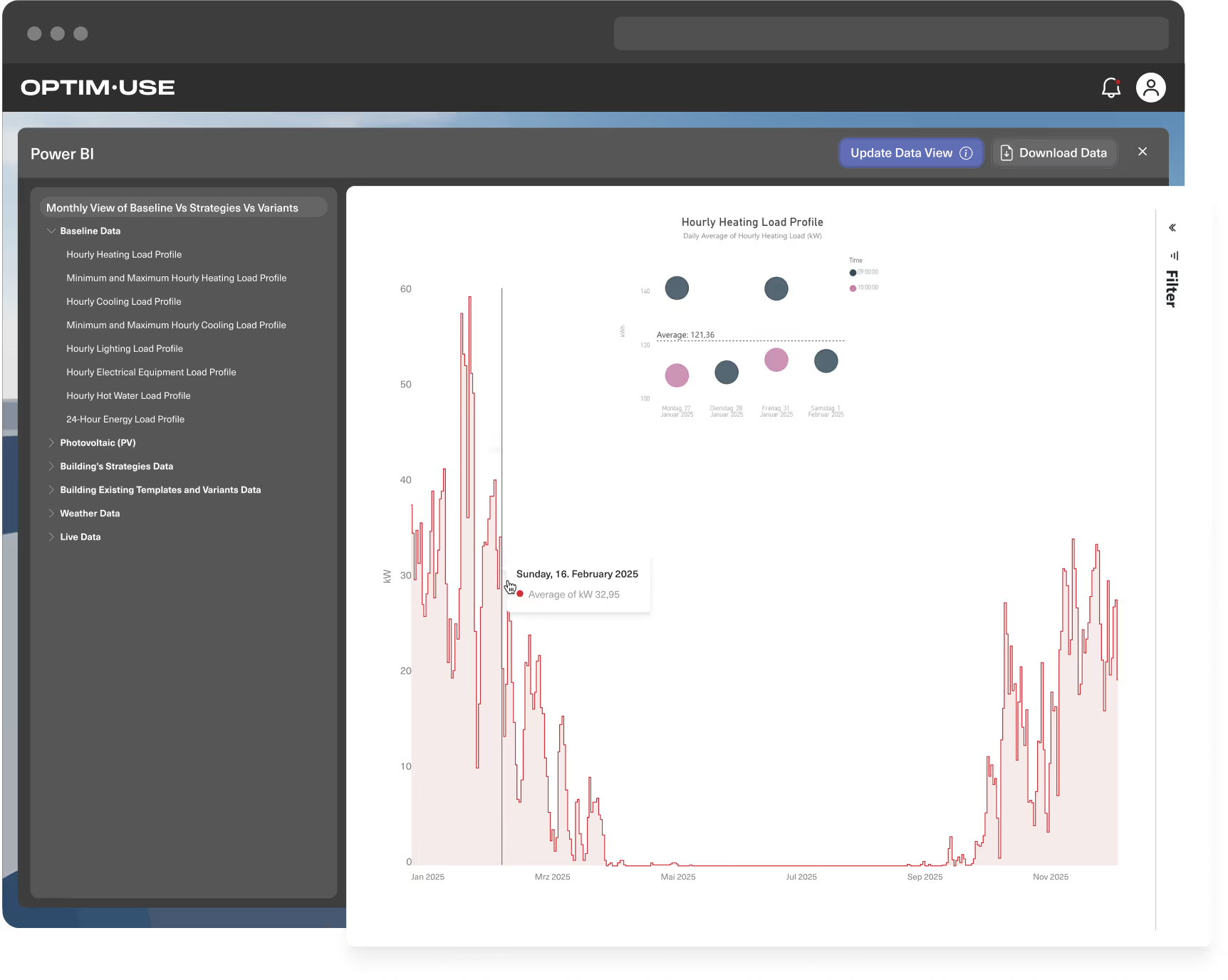















Decide faster, prove costs, reduce risks
The leading platform for AI-based building engineering. For faster processes, measurable profitability, and certainty in every decision.
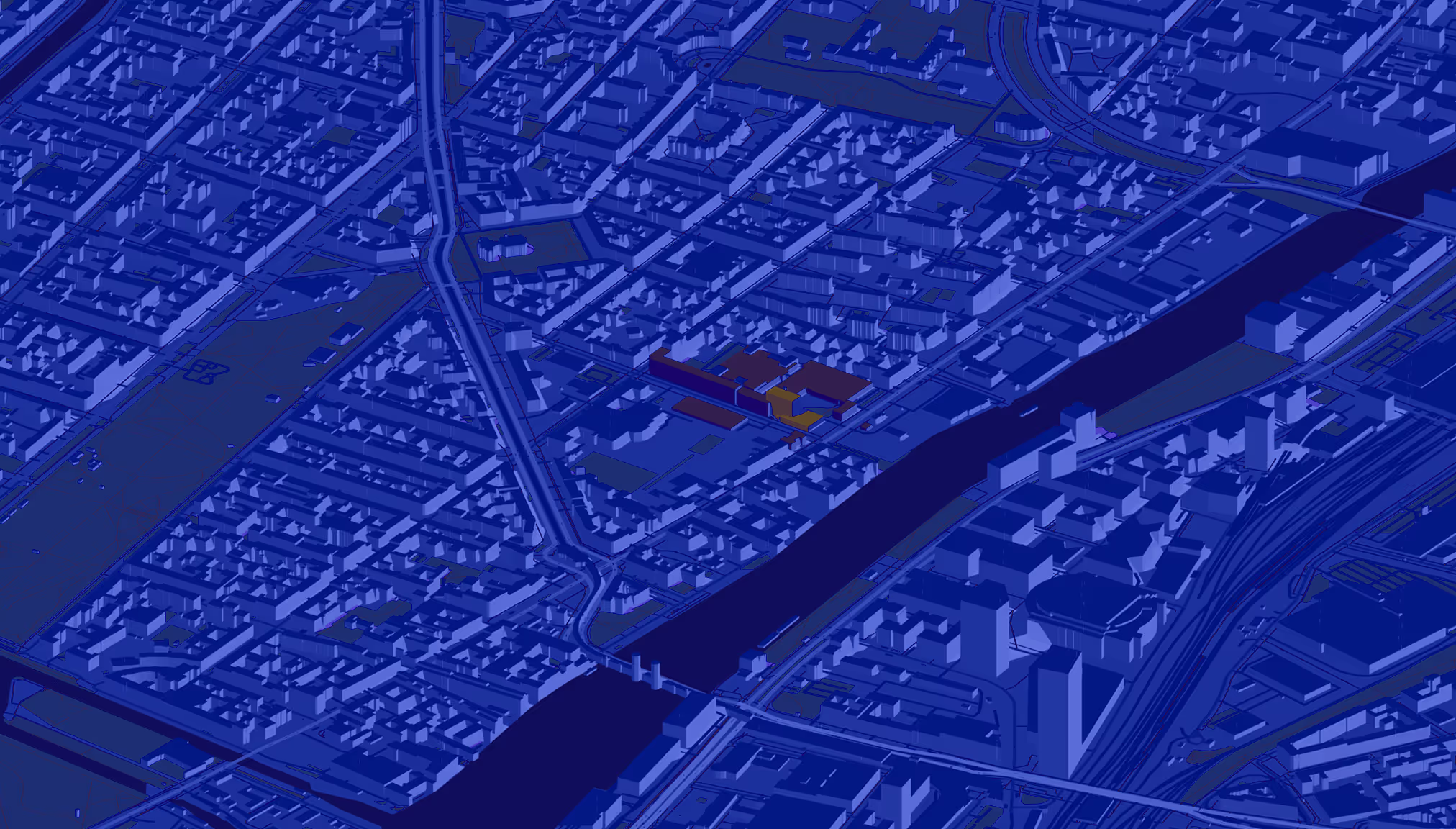
With OPTIMUSE, you gain deep insights into your buildings – both in new constructions and existing stock.
From the digitalization of existing building data to the optimization of new concepts, OPTIMUSE delivers fast and cost-efficient analyses. This enables targeted reductions in construction and operating costs while continuously improving buildings throughout their entire lifecycle.
show more
Intelligent solutions for new and existing buildings
Energy Design
Generation and simulation of detailed design options for optimized planning of the building envelope, energy supply, HVAC systems, and the indoor climate. Energy demand, CO₂ pathway, and life-cycle costs are compared transparently – enabling robust decisions in competitions, schematic design, and investor communications. Priority targets are configurable: CAPEX, OPEX, CO₂.
Detailed options incl. sizing/specification of HVAC systems and the building envelope
Energy / CO₂ / life-cycle cost comparison
CRREM stranding analysis
Energy efficiency class per local standards
Dynamic heating and cooling load simulation

Value Engineering
Optimization of HVAC systems based on dynamic thermal building simulation:
System and component variants are compared using robust KPIs and parameters, precisely sized, and combined into the optimal configuration. Additionally: validation and optimization of the design as well as the heating/cooling load calculation.
Dynamic thermal simulation (8,760 h) and load profile analysis
Variant generation and component benchmarking
Optimal sizing of systems and technical components
Results report including CAPEX/OPEX/LCC and a decision recommendation
More comfort at lower life-cycle costs - up to 10% lower construction costs and up to 30% lower operating costs (project-dependent)
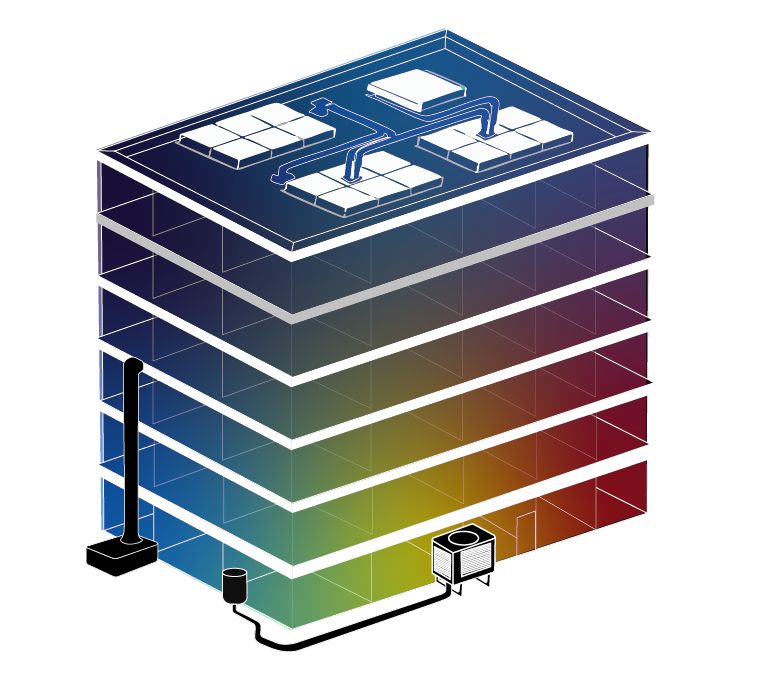
Future-proof buildings
Optimized transformation pathway for existing building stock and portfolios: Dynamic thermal building simulations prioritize measures by impact and cost, operating strategies are refined, CAPEX is planned in phases, and OPEX as well as CO₂ are quantified. CRREM analysis supports compliance and reporting. Operational roadmaps span from quick wins to retrofit stages. Optional: progress is surfaced via live and consumption data (BMS/IoT).
Dynamic load and energy profiles per asset
Prioritized measures list incl. payback period and life-cycle costs (LCC)
CAPEX planning (5/10/15 years) and OPEX scenarios
CRREM stranding year and decarbonization pathway
Optional: live dashboards (BMS/IoT)

Thermal Comfort
Compliance documentation in accordance with DGNB/ÖGNI SOC1.1 or klimaaktiv D.1-B, based on a full-year dynamic thermal building simulation (8,760 h). Relevant rooms are assessed, comfort hotspots are identified, and optimization measures are derived. Site-specific future-climate data can be incorporated where available.
Compliance dossier for submission to DGNB/ÖGNI or klimaaktiv
Room KPIs & detailed evaluations (e.g., operative temperature, PMV/PPD, overheating hours)
Future climate: scenario analysis based on available site data

Energy Performance Certificates (EPC)
Demand-based Energy Performance Certificates (EPC) in accordance with DIN 18599, generated directly from the digital twin—consistent, auditable, fast. GEG-compliant (Germany) for residential and non-residential buildings. Ideal for existing buildings, refurbishments, and design – including direct variant comparison for leasing, sale, and financing.
Data foundation from the digital twin (geometry, constructions, building services/MEP)
Modeling and energy balancing in accordance with DIN 18599 (GEG)
Demand-based EPC, documented with an audit trail
Variant comparison (existing/retrofit/design) with key metrics
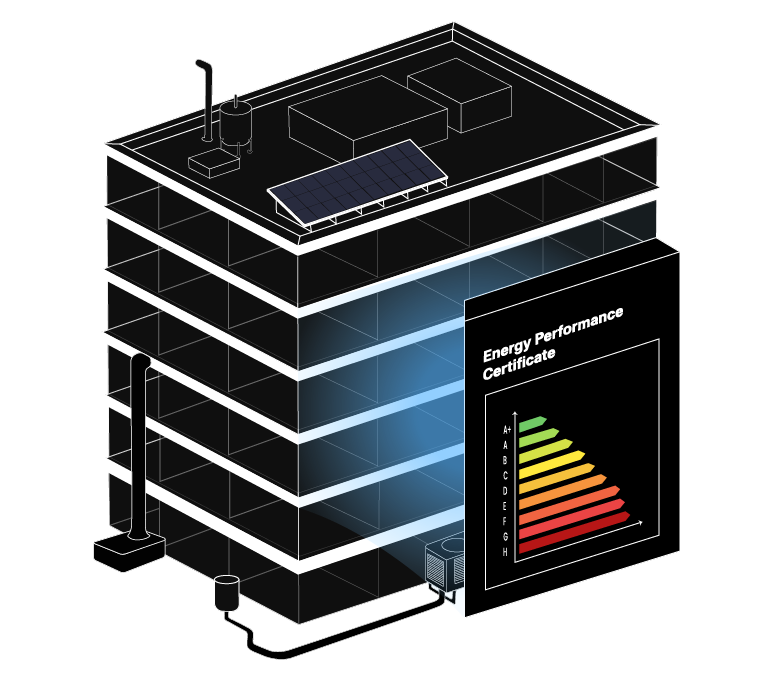
BIM Model
Generation or digitization of data from plans (e.g., PDF, DWG) – according to Optimuse standards or customer-specific client information requirements (AIA).
BIM models can be used for all Optimuse services and are provided as native ArchiCAD files or IFC models for analysis, tendering, and operation.
BIM model (LOG 350): precise geometry, component structure, and properties.

Generation and simulation of detailed design options for optimized planning of the building envelope, energy supply, HVAC systems, and the indoor climate. Energy demand, CO₂ pathway, and life-cycle costs are compared transparently – enabling robust decisions in competitions, schematic design, and investor communications. Priority targets are configurable: CAPEX, OPEX, CO₂.
Detailed options incl. sizing/specification of HVAC systems and the building envelope
Energy / CO₂ / life-cycle cost comparison
CRREM stranding analysis
Energy efficiency class per local standards
Dynamic heating and cooling load simulation
Optimization of HVAC systems based on dynamic thermal building simulation:
System and component variants are compared using robust KPIs and parameters, precisely sized, and combined into the optimal configuration. Additionally: validation and optimization of the design as well as the heating/cooling load calculation.
Dynamic thermal simulation (8,760 h) and load profile analysis
Variant generation and component benchmarking
Optimal sizing of systems and technical components
Results report including CAPEX/OPEX/LCC and a decision recommendation
More comfort at lower life-cycle costs - up to 10% lower construction costs and up to 30% lower operating costs (project-dependent)
Optimized transformation pathway for existing building stock and portfolios: Dynamic thermal building simulations prioritize measures by impact and cost, operating strategies are refined, CAPEX is planned in phases, and OPEX as well as CO₂ are quantified. CRREM analysis supports compliance and reporting. Operational roadmaps span from quick wins to retrofit stages. Optional: progress is surfaced via live and consumption data (BMS/IoT).
Dynamic load and energy profiles per asset
Prioritized measures list incl. payback period and life-cycle costs (LCC)
CAPEX planning (5/10/15 years) and OPEX scenarios
CRREM stranding year and decarbonization pathway
Optional: live dashboards (BMS/IoT)
Compliance documentation in accordance with DGNB/ÖGNI SOC1.1 or klimaaktiv D.1-B, based on a full-year dynamic thermal building simulation (8,760 h). Relevant rooms are assessed, comfort hotspots are identified, and optimization measures are derived. Site-specific future-climate data can be incorporated where available.
Compliance dossier for submission to DGNB/ÖGNI or klimaaktiv
Room KPIs & detailed evaluations (e.g., operative temperature, PMV/PPD, overheating hours)
Future climate: scenario analysis based on available site data
Demand-based Energy Performance Certificates (EPC) in accordance with DIN 18599, generated directly from the digital twin—consistent, auditable, fast. GEG-compliant (Germany) for residential and non-residential buildings. Ideal for existing buildings, refurbishments, and design – including direct variant comparison for leasing, sale, and financing.
Data foundation from the digital twin (geometry, constructions, building services/MEP)
Modeling and energy balancing in accordance with DIN 18599 (GEG)
Demand-based EPC, documented with an audit trail
Variant comparison (existing/retrofit/design) with key metrics
Generation or digitization of data from plans (e.g., PDF, DWG) – according to Optimuse standards or customer-specific client information requirements (AIA).
BIM models can be used for all Optimuse services and are provided as native ArchiCAD files or IFC models for analysis, tendering, and operation.
BIM model (LOG 350): precise geometry, component structure, and properties.
Proven Results
From data to decisions – four steps to the optimal solution:
01
Digitalize
Building Documentation
Automatically interpret plans, schematics, and energy audits to create a complete digital foundation.
Data Enrichment
Fill in missing technical information using databases and proven reference values, leaving no gaps.
Digital Twin
Generate an intelligent building model in IFC and Building-Energy-Model format, ready for analysis and simulation.
02
Engineer
Action Planning
Derive and prioritize concrete measures with clear cost–benefit evaluations.
System Planning
Compare different technical systems and configurations and align them with project targets.
Value Engineering
Optimize system sizing and components to reduce investment and operating costs across the lifecycle.
03
Analyze
Energy Demand
Accurately calculate current energy use, CO₂ emissions, and thermal comfort.
Heating & Cooling Loads
Determine room-level loads through thermo-dynamic simulation to size systems precisely.
Future Scenarios
Simulate risks, energy price developments, and transformation pathways (5/10/25 years) transparently.
04
Implement
Technical Documentation
Automatically compile all key figures and compliance proofs for standards such as ÖGNI/DGNB.
Bill of Quantities
Generate and compare tender-ready BoQs for systems and components.
Data Export
Transfer results seamlessly into IFC, BIM, Excel, or PDF and instantly integrate them into your individual processes.
01
Digitalize
Building Documentation
Automatically interpret plans, schematics, and energy audits to create a complete digital foundation.
Data Enrichment
Fill in missing technical information using databases and proven reference values, leaving no gaps.
Digital Twin
Generate an intelligent building model in IFC and Building-Energy-Model format, ready for analysis and simulation.
02
Engineer
Action Planning
Derive and prioritize concrete measures with clear cost–benefit evaluations.
System Planning
Compare different technical systems and configurations and align them with project targets.
Value Engineering
Optimize system sizing and components to reduce investment and operating costs across the lifecycle.
03
Analyze
Energy Demand
Accurately calculate current energy use, CO₂ emissions, and thermal comfort.
Heating & Cooling Loads
Determine room-level loads through thermo-dynamic simulation to size systems precisely.
Future Scenarios
Simulate risks, energy price developments, and transformation pathways (5/10/25 years) transparently.
04
Implement
Technical Documentation
Automatically compile all key figures and compliance proofs for standards such as ÖGNI/DGNB.
Bill of Quantities
Generate and compare tender-ready BoQs for systems and components.
Data Export
Transfer results seamlessly into IFC, BIM, Excel, or PDF and instantly integrate them into your individual processes.
Reliable Decisions
Clarity for everyone who engineers and decides.
Digitalize, analyze, engineer – all in one platform.
OPTIMUSE delivers transparency in decisions – from strategy to the selection of the right technical components.
Features
01
Portfolio Planning
Gain a complete overview of your entire building portfolio – for quick comparisons, clear prioritization, and the bundling of similar measures. Modernization and maintenance can be planned, managed, and optimized centrally in one place, creating cost synergies and ensuring budgets are used effectively.

02
Building Designer
03
System Engineering
Plan systems and calculate loads seamlessly – from heating, cooling, and ventilation to domestic hot water, electrical, and lighting. Model and simulate complex building systems to precisely determine performance, comfort, and sizing. Compare variants in minutes or evaluate individual measures (e.g., pump replacement).

04
Real-Time Optimization
05
Collaboration
"Collaborate more effectively – all disciplines in one place.
Planning, construction, facility management, and asset management work simultaneously on the same building model. Coordination becomes easier, expertise flows directly into decisions – and every change is logged, versioned, and stored as a traceable history. This makes processes faster, more transparent, and fully auditable."


